Innovative Affordable Housing
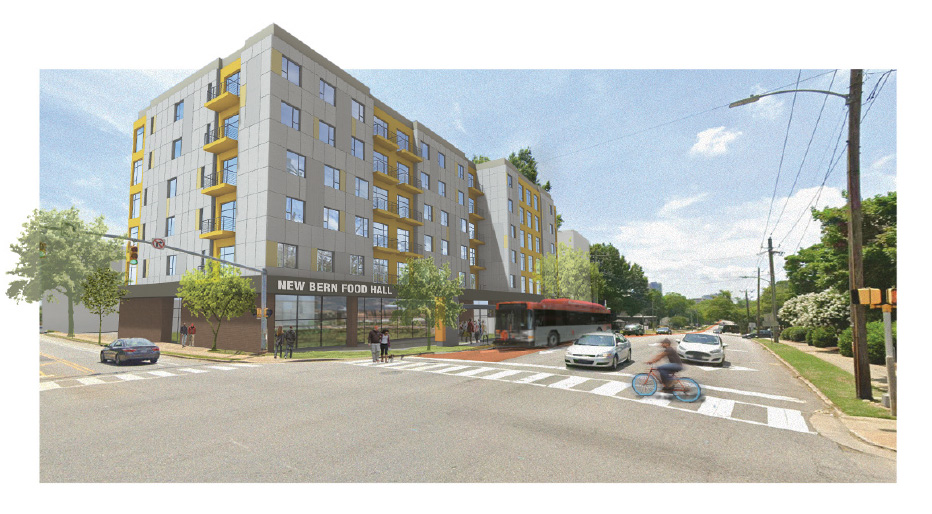
A constellation of forces have resulted in the affordable housing crisis US states and cities are facing. These are not new problems but they are ones that have worsened in the past five years. Just as there are many causes of the current housing shortages there are also many responses. These include zoning reform, increased local funding, requirements or incentives to include affordable units, expedited review processes, statewide laws, and simply building more market-rate housing. Responses also include local opposition to equitable and sustainable growth by those who fear new housing will affect the value and character of their communities. What is often missing is the role that design can play in creating housing that is not only affordable but responds to its local and regional contexts and creates homes and communities that support a diversity of residents and raise the human spirit.
This studio will focus on innovative approaches to affordable housing with a particular emphasis on multifamily housing. Issues will include: compact, spatially-rich housing, transit-supportive development, alternative planning and ownership models, sustainable and resilient housing, buildings as energy producers, leading edge fabrication and delivery methods, and new materials and assemblies. The studio will focus on research and design of innovative housing for neighborhoods in Raleigh served by transit or located on the planned Bus Rapid Transit (BRT) line. Research and design projects will include innovative housing precedents and best practices globally, and the comprehensive design of prototypical housing on a range of sites. The studio as a whole will assemble a diverse knowledge base of housing choices that best serve 21st century Raleigh.
Project Team
Thomas Barrie FAIA, Professor of Architecture
Guest Critics
Tanya Allen, Mary-Ann Baldwin, Erika Brandt, Ken Bowers, Amy Bullington, Hattie Gawande, Sara Queen, Michael Stevenson, Jenn Truman, Mitch Silver
Students

Sanchana Bandari, Riya Chaudhary, Caroline Coyle, Wayne Holness, Alap Parikh, Harsha Raju, Noelle Robinson, Brandon Rumley Srinath Sivakumar, Naveen Vanapalli, Corey Wazniak, Anushree Zumkhawala
Research Areas
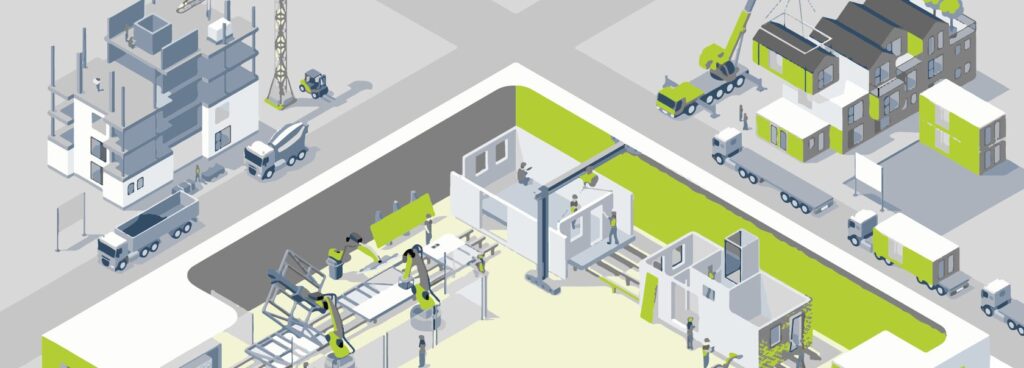
Delivery Methods: Modular, manufactured housing
Important periods, personages, and innovations in the history of manufactured housing, limitations, advantages, and detriments, contemporary modular housing leaders and systems, future trends.
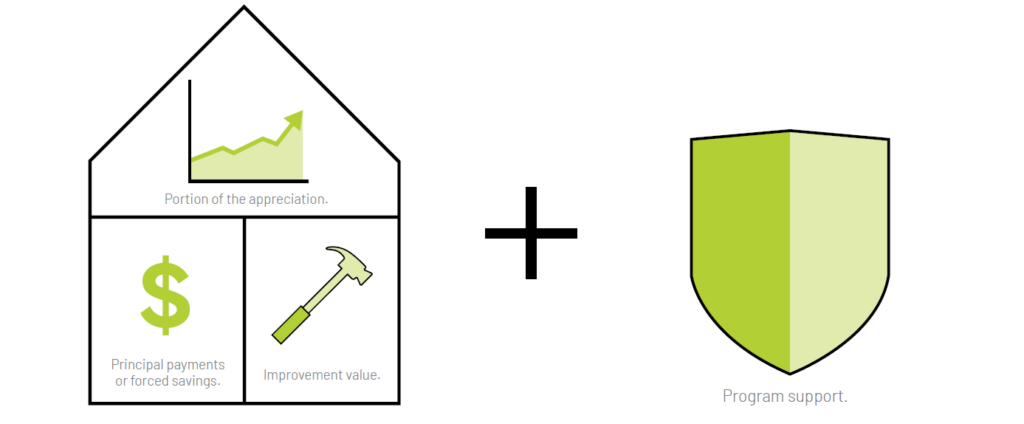
Ownership Models: Community Land Trusts, Limited Equity Coops, and other ownership models
Histories of cooperative housing in America, models, being employed today, how alternative equity models work, their limitations, advantages and detriments, future trends.

Housing Typologies: missing middle, single-room occupancy, cottage courts, and other housing typologies
Historical housing types being revived, states and cities leading in the creation of more housing choices, best practices in diverse housing, limitations, advantages, and detriments, future trends.

Sustainable Practices: affordable housing and sustainable strategies and systems
Leading edge and best-practices of energy and material technologies, advantages and limitations of adaptive reuse, assessment and certification platforms, future trends.
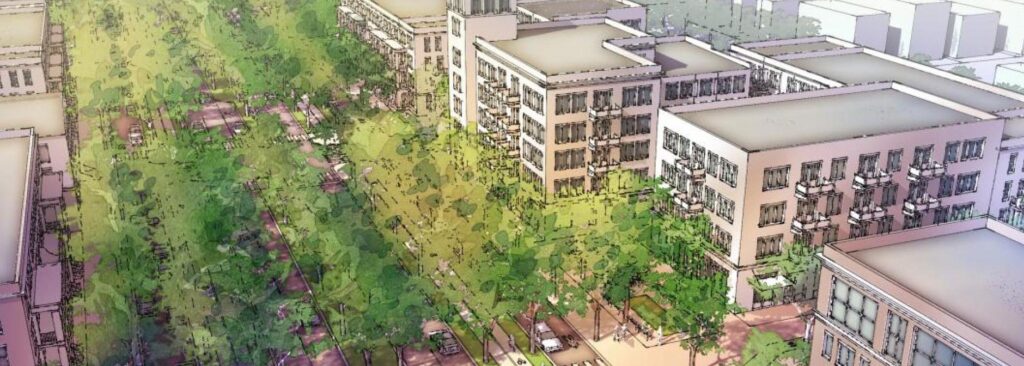
Planning: Transit Oriented Development and other planning tools that integrate multi-model transit with housing
Definitions and history of Transit Oriented Development, cities and states leading in integrating housing and multi-model transit, best practices of Transit Oriented Development, limitations, advantages, and detriments, future trends.
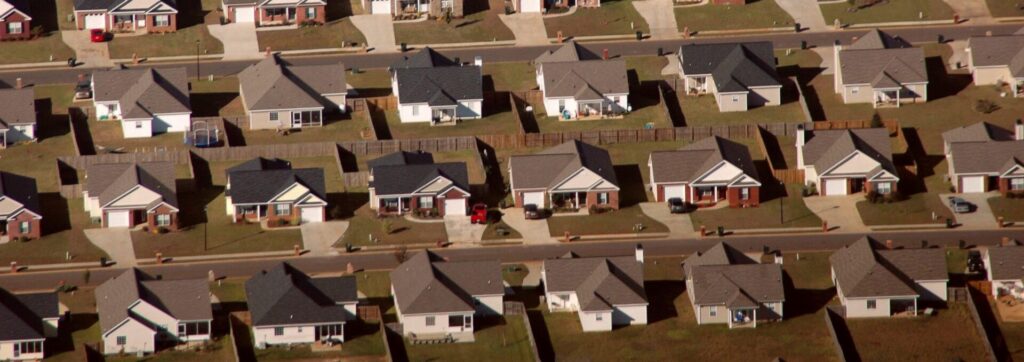
Zoning Reform: national trends to change zoning laws to allow for more diverse housing
History and goals of zoning reform, outcomes of zoning reform, cities and states leading in allowing more dense and diverse housing, limitations, advantages, and detriments, future trends.
Research Booklet
Design Research

1. Pedestrian Takeover
This project explores how the Plaza West shopping center at a BRT Station on Western Boulevard can transform from an underutilized, car-oriented site to a dense, resilient, human-scaled community of mixed-use and multi-family, affordable housing.
2. Western Boulevard Reimagined: A Transit-Focused Evolution
Affordable housing for students and families that focusses on how the Transit Overlay District will create density along Western Boulevard, transforming it into a vibrant gateway that reflects Raleigh’s unique character and energy.
3. Sustainable, Communal, Affordable, and Transit Oriented Development Housing
Creating an energy-producing, community-supportive, affordable housing project on Western Boulevard near the Mission Valley BRT Station that integrates renewable energy, smart infrastructure, and shared resources to foster sustainable, transit-supportive living.
4. The Student Habitat
This project on Avent Ferry Road explores affordability, density, and social engagement through courtyard housing comprising single-room-occupancy, micro-units, and cottage apartments. It applies Missing Middle Housing principles to create a low-rise, high-density community that promotes walkability and community.
5. Live-work to Support Raleigh Entrepreneurs
This project on New Bern Avenue near downtown combines affordable housing, a co-working space, and other services for its historic and growing neighborhood.
6. A Comprehensive Supportive Community for Raleigh
This project aims to provide affordable and transitional housing for previously homeless citizens of Raleigh. It aims to become a self-sustaining village through a range of housing choices, supportive services, urban farming, and shared community spaces.
7. Community-Driven Affordable Development
A project that substantively responds to community engagement and its historical and cultural contexts to transform the city of Raleigh owned former DMV Headquarters on New Bern Avenue. It will include safe and comfortable affordable housing, public gathering spaces, a food market, and local retail options.
8. People Over Parking: TOD-Driven Urban Revival
Retrofitting the Tower Shopping Center at the Trawick Node BRT station to create a walkable, healthy, people-centric urban village centered on affordable housing.